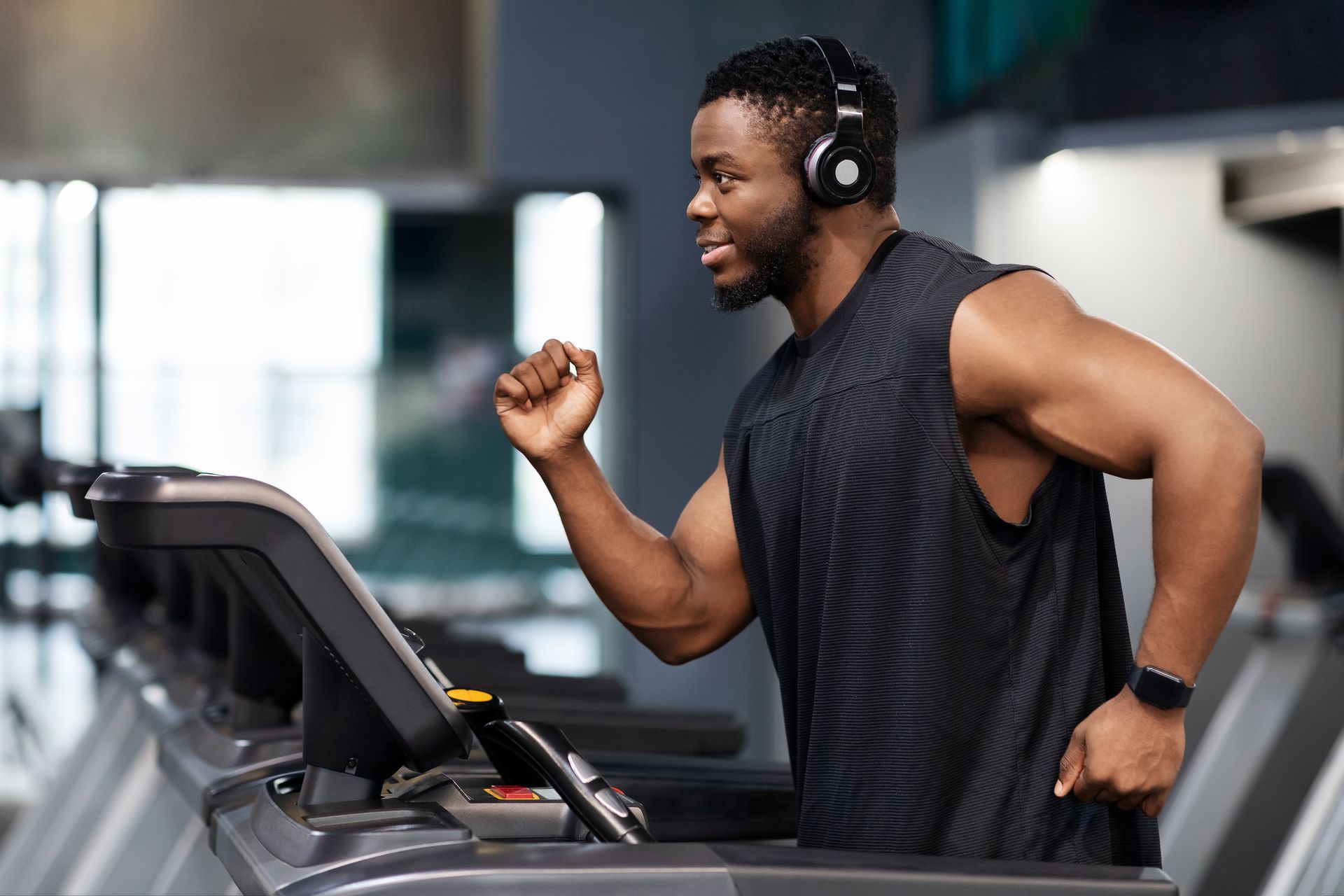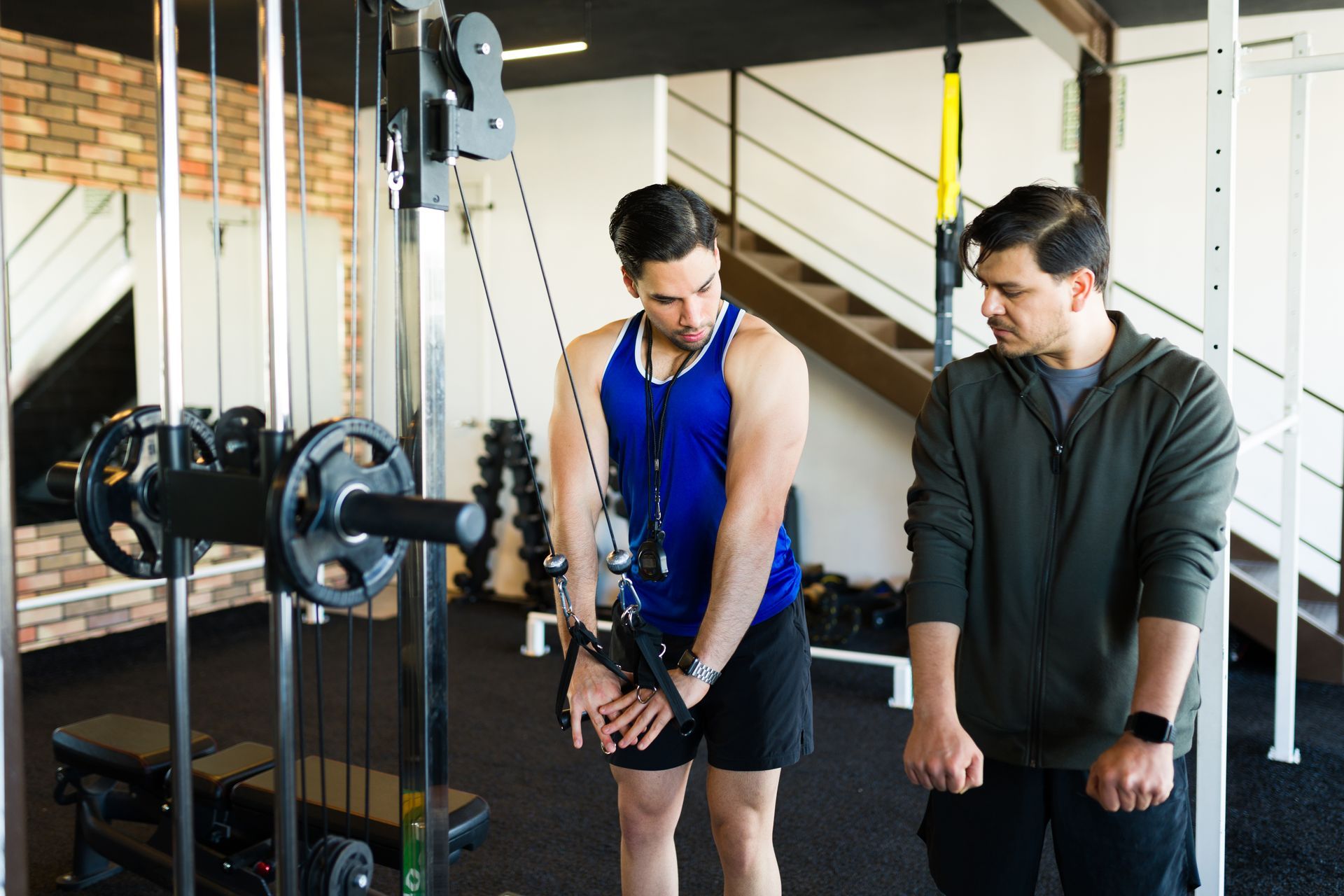February 3, 2023
Is Cardio Necessary?
Is cardio a mandatory element for weight loss? In this article, Nashville personal trainer, Jim Cipriani goes in-depth on the topic of fat loss and cardio.

If you’ve been into fitness over the past few years, chances are you’ve encountered a plethora of fitness enthusiasts debating about whether cardio is necessary for weight loss.
There are people on both sides of the argument - some say it is essential, while others truly believe you don't really need it.
But what kind of exercise can give you the best results?
To help answer this question and more, today we’re diving into the world of weight loss and its relation to exercise.
Ready to learn?
Let's go!
Why Lose Weight In The First Place?
Most people will want to lose weight to just feel better about themselves. But there are some even more important reasons.
Carrying excess weight can be detrimental to our health and well-being.
Research shows that being overweight or obese increases the risk of developing certain chronic diseases such as heart disease, Type 2 diabetes, and a range of cancers.
With this in mind, it is important to take a proactive approach to health by losing the extra weight and gaining control of one’s physical health.
Making healthy and mindful decisions regarding diet, exercise, and lifestyle habits will empower individuals with the tools they need to make lasting changes that will improve their overall well-being.
But when most people think of weight loss, their mind conjures images of countless hours on the treadmill.
Is that needed, though?
Let's see.
Is Cardio Necessary?
Cardio isn't a requirement in order to shed those extra pounds - so you can safely throw out the elliptical machines and the long, dreadful, boring hours of running!
The good news is that all you need to do is create a caloric deficit in order to lose weight.
Eating in a deficit of calories means that you will be consuming less total energy (calories) from food than your body needs to maintain its weight.
This allows the body to burn more fat than it stores, thereby decreasing the total body fat.
Nevertheless, the more isn't better - a moderate caloric deficit of 500 calories/day below your maintenance levels will help keep your metabolism healthy and quick.
Though cardio isn't necessary, if you still want to get your sweat on and spice up your routine, cardio can help create that deficit by burning more calories.
So go ahead, jump on the treadmill, or hit the pavement, but always remember it's not a must-do - just an added bonus.
Weight Training Is Mandatory
Losing weight isn't always easy - believe me, I know that too well. As many individuals that I have helped over the past 25+ years as a personal trainer, I have seen quite a few of my Nashville and Online Coaching clients stumble along the way.
Sure, cutting back on calories is a great way to slim down, but you'll also want to make sure you don't lose too much muscle along with that fat!
That's why strength training and lifting weights should be part of your weight loss journey - it helps build lean muscle, or at least retain it, so your body looks more toned, even as you're losing pounds.
I’m not saying that you absolutely have to start bench pressing like a pro - something as simple as doing a couple of compound movements a couple of times a week can go a long way.
It's like having a secret weapon on your side in the fight against the flab.
Honorable Mention
Losing weight may often feel like an insurmountable task, but if you also make sure to have enough protein in your diet, you’ll be hedging your weight loss bets in a great way!
Protein helps ensure that as you reduce your caloric intake, your body is still able to retain the muscle mass it needs to stay healthy.
Besides that, protein is also incredibly satiating, meaning that a high-protein meal will allow you to feel full and not have to think about food and cravings all day.
Not to mention that protein has the highest TEF (Thermic Effect of Food) of all our macro-nutrients. It would take a whole separate blog post to explain TEF. Just know that it is very beneficial and aids in more calorie burning.
Unfortunately, while having sufficient protein in our diets may be crucial during weight loss, getting enough isn’t always easy.
Going on diets that are too low in calories or a vegetarian lifestyle can impact the amount of protein we’re taking in, therefore making it more likely to overeat or simply burn out mentally.
This is why I have a list of the top 5 protein-rich diet foods that I recommend to all of my personal training and online coaching clients, as well as every person who endeavors on a weight loss journey.
Here they are:
1. Beef
2. Fish
3. Eggs
4. Dairy
5. Beans & legumes
Include these foods in your weight loss diet plan, and you'll be helping your cause greatly in your pursuit of your best physique!
The standard recommendation in the fitness world is to aim for 0.8-1g of protein per lb of body weight, per day. This recommendation may be too much for some of you. If that’s you, then I recommend aiming for 1g of protein for every centimeter of height (example: if you’re 5’5, you would aim for 140g of protein per day).
Final Thoughts
The next time you feel guilty for skipping a cardio session, remember that science has your back - because science says all you need is a caloric deficit.
Though not mandatory, it can help, but remember that strength training is the key to maintaining muscle while shedding pounds- and it’s way more fun than slogging away on a treadmill.
And who knows? You might even enjoy your workouts more when you stop worrying about the calories you’re burning and focus on getting stronger.





